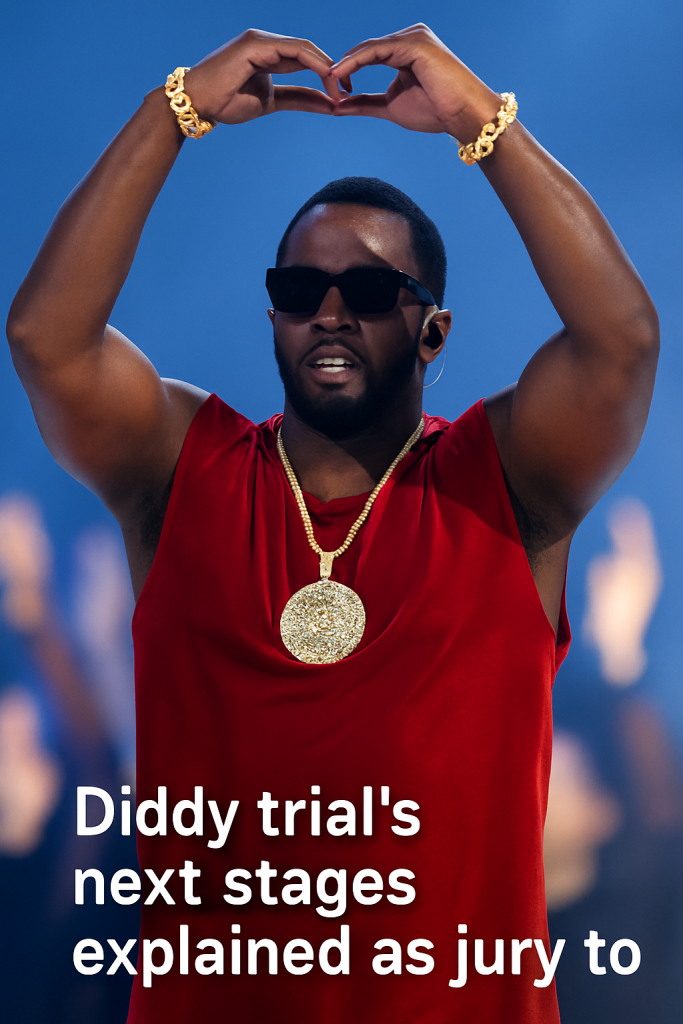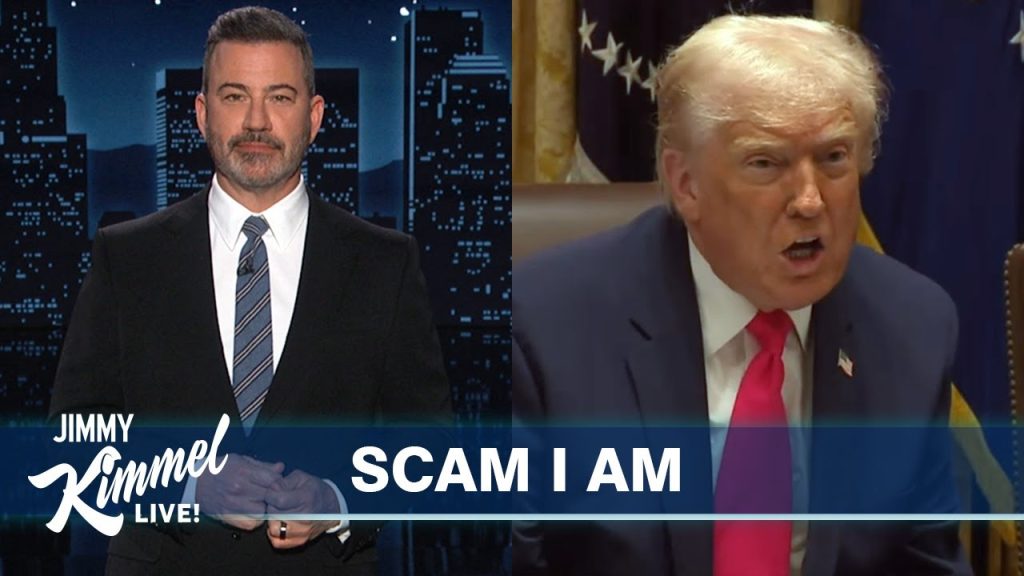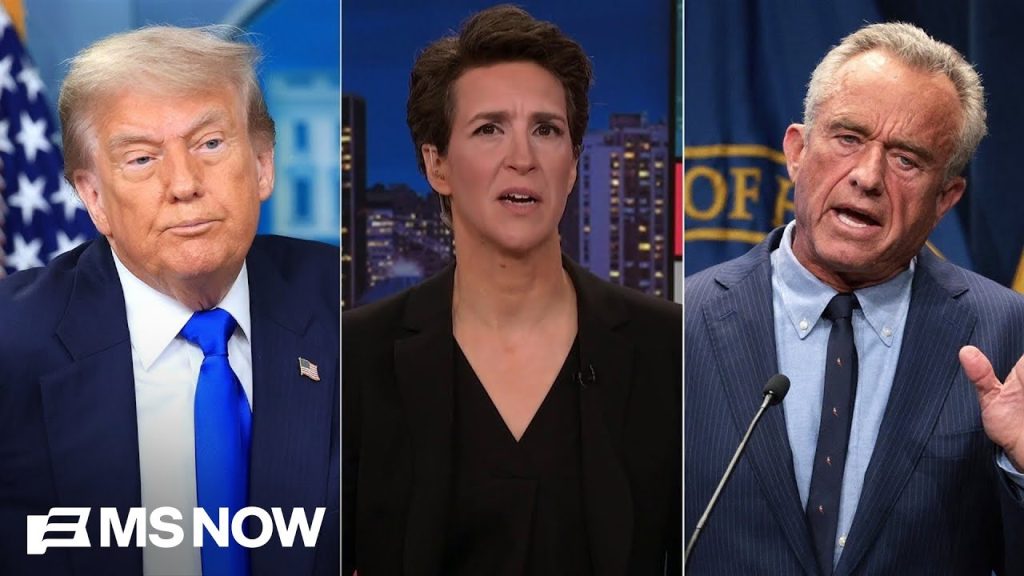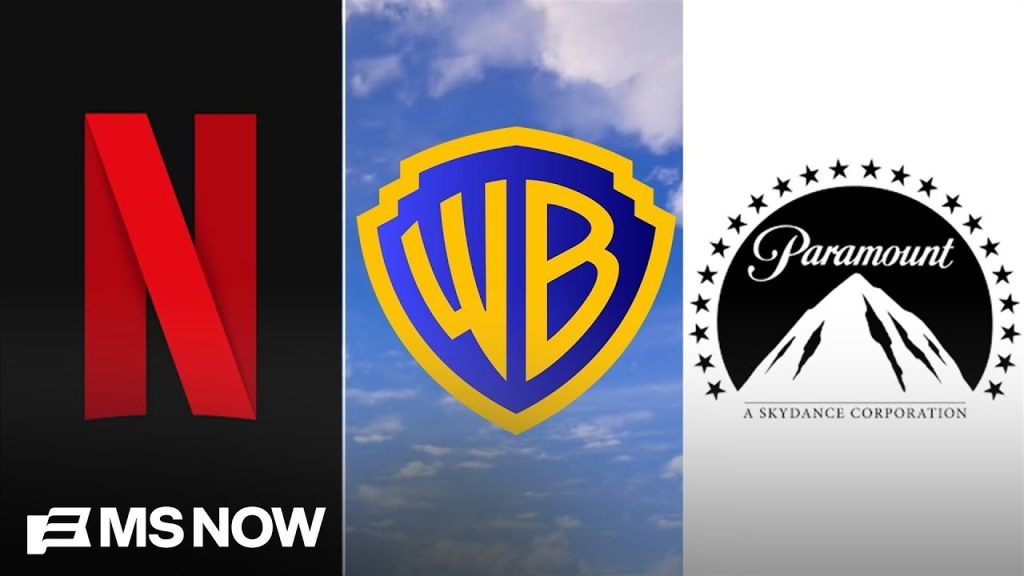The high-profile trial involving music mogul Sean “Diddy” Combs has hit a critical and suspenseful juncture as the jury has reported a deadlock, prompting the judge to issue what’s known as an Allen charge. This move signals a renewed push for the jurors to break their impasse after delivering a partial verdict, leaving observers and fans eager to uncover the hidden details tearing this case apart.
In courtroom developments unfolding recently, the jury tasked with deciding the outcome of the Diddy trial was unable to reach a unanimous decision on all counts. While a partial verdict was announced, significant portions of the trial’s charges remain unsettled. The judge responded by advising the jury to continue deliberations, issuing an Allen charge — a legal instruction designed to encourage jurors who are dissenting to reconsider their positions without coercion.
The Allen charge, named after the 1896 Supreme Court case Allen v. United States, is sometimes informally referred to as a “dynamite charge” because it seeks to prevent mistrials by urging jurors to re-examine opposing viewpoints in hopes of reaching consensus. It carefully balances the need for unanimity with the necessity of respecting individual jurors’ honest convictions.
Though the court has remained tight-lipped about the specifics of the partial verdict, speculation is rife about which allegations have caused jurors to split. The case, rooted in allegations that have captivated public attention due to Diddy’s status as a cultural icon and businessman, involves multiple charges that could significantly impact his legacy and future.
Legal experts say this phase is often the most challenging for juries, especially in high-stakes trials with complex facts and emotional testimony. With tensions running high, the judge’s decision to extend deliberations with an Allen charge reflects a desire to avoid a mistrial, which would prolong the legal process and keep the case in the public eye for months longer.
Sources close to the courtroom relay that the jury’s deadlock may stem from differing interpretations of key evidence or disputes over witness credibility. Meanwhile, outside the courthouse, social media has exploded with theories and intense discussion about what secret or undisclosed fact might be “tearing this trial apart,” amplifying the drama and uncertainty surrounding the verdict.
As the jury resumes deliberations, all eyes will be on the court for any updates indicating whether the group can reconcile their differences or if the judge may ultimately declare a mistrial. The trial’s continuation promises further legal maneuvering and possible plea considerations, underscoring the complexity and high stakes of the case.
For now, the public remains in suspense as the jury weighs the evidence behind closed doors. The next stages of the trial could set a precedent not only for entertainment industry legal battles but also for how heavily public figures are scrutinized in high-profile legal conflicts.
This unfolding legal drama serves as a stark reminder of the intricate justice system and the critical role of jury dynamics in determining outcomes — especially when powerful individuals are involved. As the court session presses on, the world watches and wonders: what exactly is the secret dispute that has shaken this jury to a standstill?



